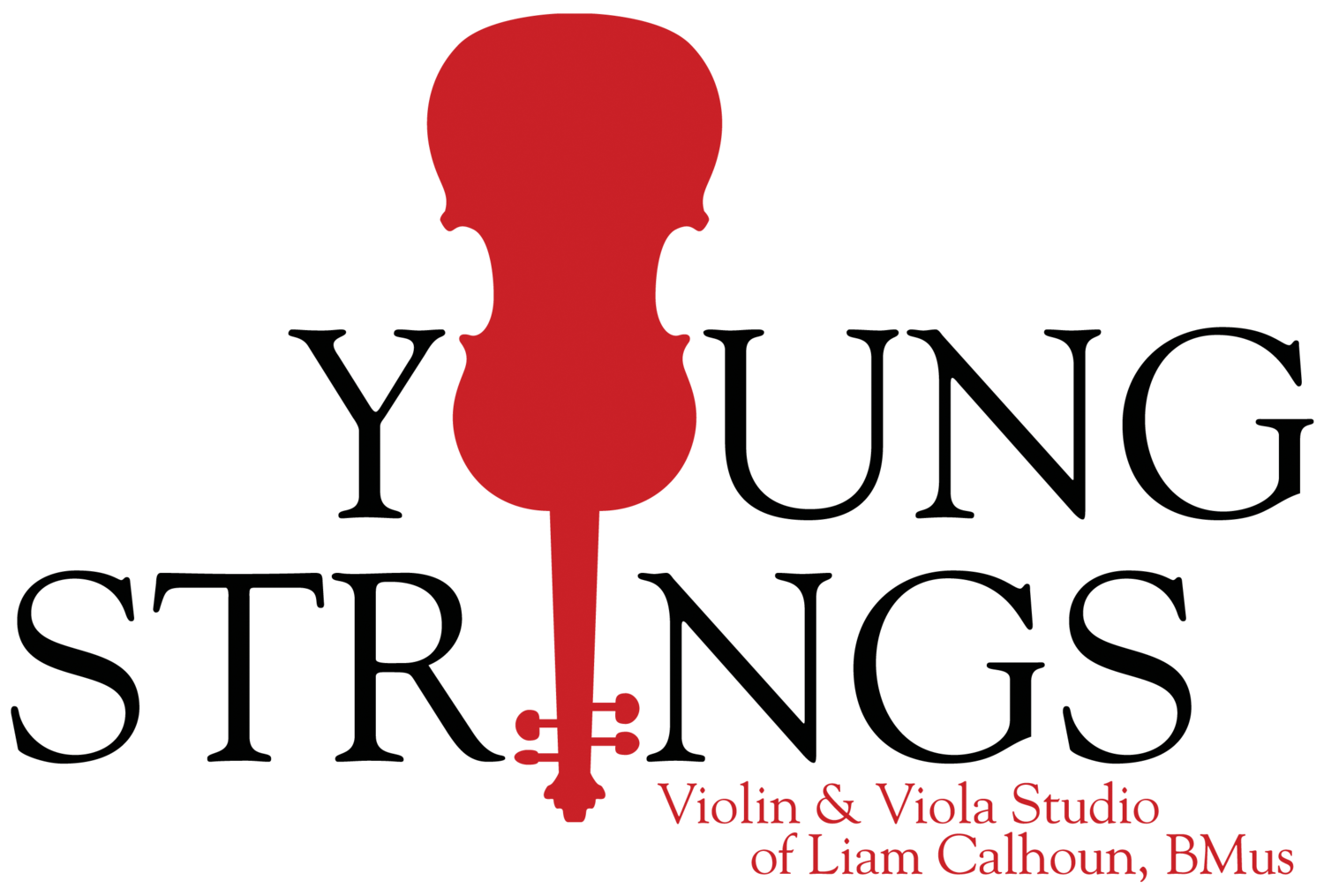Essential Supplies for String Players and Other Musicians
Although a good set of ears and a quality instrument are the most important tools a musician needs, there a few essentials that can sometimes be undervalued by the inexperienced student. Here are 4 things that every beginning string player can’t live without!
1. Tuner
For even advanced musicians, a tuner remains as a reliable A440 reference point for those of us without perfect pitch. Beginners will find an even greater use for a chromatic tuner, as one is able to tune their strings based on the visual reference to the tuner’s needle. It is extremely important for the open strings on any instrument to be in tune. When learning intonation, the strings must be in consistent intervals in order for the fingers to be able to adapt to where they must reliably land. Wonky fifths would certainly give a beginner’s ear a workout trying to adjust on each string crossing, but this would definitely be detrimental to the left hand’s muscle memory imprint. For more advanced students, open strings are a very useful way of checking certain notes harmonically with the other strings. These other strings must be accurate in order for this to be a reliable tool!
The trusty Korg CA-1. Not very loud and has been known to eat AAA batteries when used as a drone for long periods of time, but I have been using this tuner for a long time.
Other uses of a tuner include:
-droning a pitch on the tuner (often the tonic or dominant of a specific passage’s key) in order to keep a center of pitch and harmonic foundation
-using the tuner’s needle in order to check an individual note that might be difficult to hear, such as a very high note that is preceded by a large shift.
2. Metronome
Probably the most useful tool on this list, and the one that can be neglected the most easily is the metronome. Metronomes tend to be a great final test to see if one REALLY knows something inside and out technically. When learning a new piece, a great way of simplifying it is by taking away all the rhythm and focusing only on tone and intonation. When practicing with a metronome, we put all the rhythm back in, in the strictest regard.
For a tuner/metronome combo, these are pretty great.
Problematic spots will often speed up or slow down – the best way to check this is to slow the tempo down, but ensure utmost togetherness with the metronome’s beat, locking in and unifying the pulse. Funny enough, if there isn’t enough rhythmic stability, it won’t matter how slow the metronome goes – you will simply be unable to keep a cohesive flow. There must be more problems to solve!
Another very useful use of the metronome is to subdivide rhythms to ensure that they are played accurately. The most common instance of this would be practicing dotted rhythms to ensure they are not “tripletized”, or subdividing the beat into triplets to ensure that triplets remain even.
3. Music Stand
I do love a good music stand, and this is something seriously worth investing in. Although solid music stands are a little more expensive than wire ones, they are very durable and practical for using at home, often never having to be replaced in a lifetime.
This is my favourite music stand! Even though it tends to "pop up" when tilted sideways to carry, it extends to a cool 70" tall and is perfect for having music at eye level without using other furniture to boost it up.
It is essential that notes being read are able to be at eye level in order to promoted good posture and avoid the slump that many beginning violinists experience (especially when concentrating greatly!). As a tall person, I definitely greatly value full-sized music stands’ ability to go very tall and force me to stand up straight, which also has a great positive impact on my sound. Younger people also have this tendency to not stand up straight (I remember being a very slouchy teenager), and this problem is compounded by an instrument that needs to be supported by muscles that aren’t used to holding up a violin, along with a music stand that is too low! A solid
A solid music stand will support books, legal sized sheet music, pencils, and tuners and metronomes with ease. Plus, if it is ever used outside, it blocks wind (every sheet music-reading musician’s worst enemy with ease).
4. Rosin
For something specifically string-related, being equipped with some good rosin is essential. Trying to get a violin to speak using the bow without enough rosin is a bit like trying to say sentences with no tongue – impossible to say most consonant sounds!
A unique aspect of playing a stringed instrument is the wide variety of articulations that are possible using the bow. Being able to “grab” onto the string with the bow and giving the beginning of the note clarity and a defined start is only possible with the grippy nature of a bow with sufficient rosin!
A lovely chunk of dark rosin. Note the chips on the side - be careful when rosining the lower half of the bow and try to avoid hitting the frog!
Rosin varies in stickiness, in which stickier rosin will allow for more grip, but less speed. The amount of stickiness should go along with the weight of the bow, and inertia of each particular instrument.
Usually when in doubt, the bow needs more rosin. The worst thing that can happen is that a bit of a cloud of dust will come off the bow when it is played on the string.




